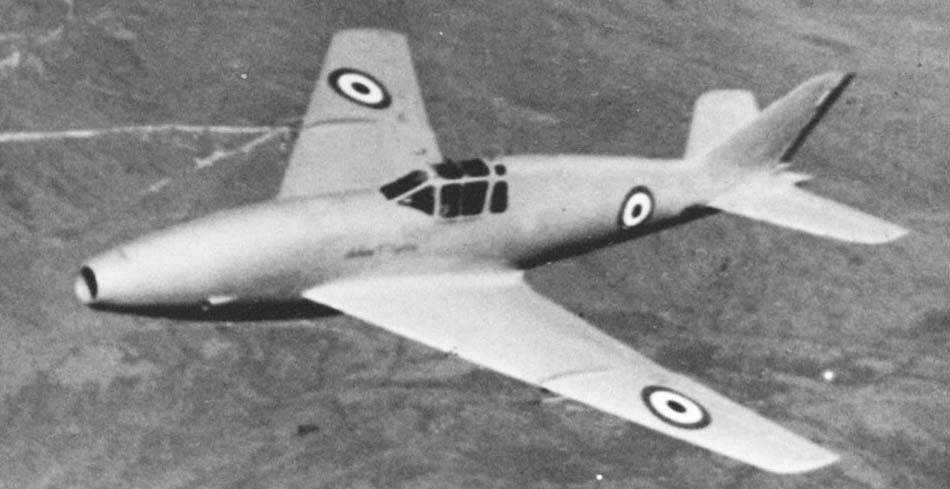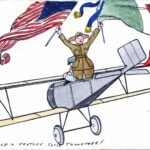
Throughout aviation history, countless aircraft designs have sparked the imagination of engineers, pilots, and aviation enthusiasts. Many of these innovative concepts, however, never made it past the drawing board or prototype stage. “Grounded Dreams: The Story of Canceled Aircraft” delves into the fascinating world of these ambitious projects that, for various reasons, were never fully realized. From groundbreaking technological advancements to strategic missteps, this exploration uncovers the stories behind the aircraft that promised to revolutionize the skies but were ultimately grounded before they could take flight. Join us as we journey through the highs and lows of aviation history, spotlighting the aircraft that could have changed the course of aeronautical progress had their dreams not been deferred. Check our previous entries HERE.
____________________________________________________________________________ By Jason Lee The Ambrosini Sagittario: A Marvel of Italian AviationThe Ambrosini Sagittario, a remarkable aircraft from Italy’s storied aviation history, stands as a testament to innovative design and engineering prowess during the mid-20th century. Developed by the Italian manufacturer SAI Ambrosini, the Sagittario series includes the original Sagittario and its more advanced iteration, the Aerfer Sagittario 2, both of which played significant roles in post-World War II aviation development.
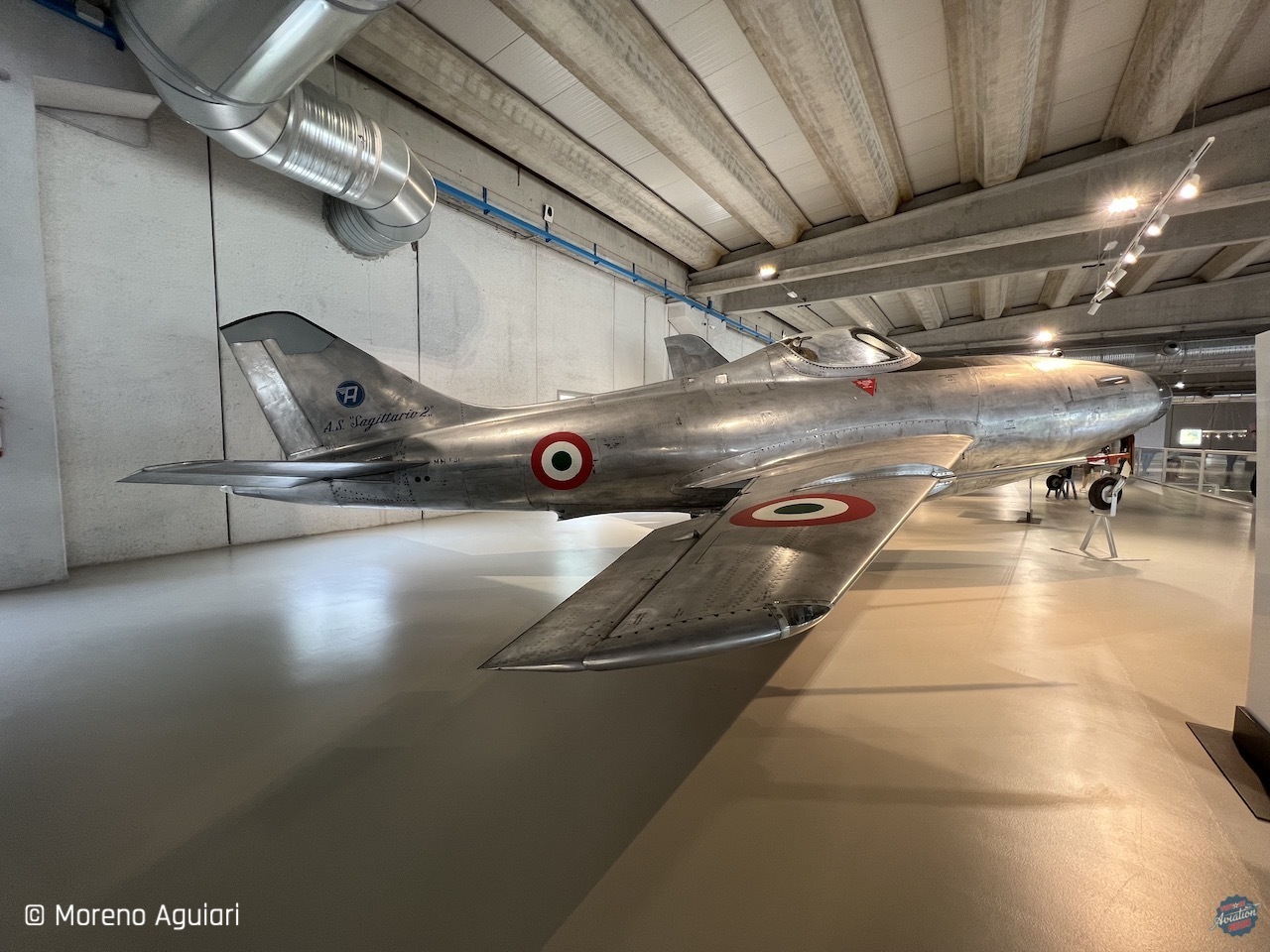
Origins and Development
The original Ambrosini Sagittario, designed by Ing. Sergio Stefanutti, was conceived in the late 1940s as a response to the need for advanced training aircraft in the Italian Air Force. The Sagittario was developed from the Ambrosini S.7, a piston-engine trainer, by modifying its airframe to accommodate a jet engine. The prototype first took to the skies in 1953, marking Italy’s transition into the jet age.
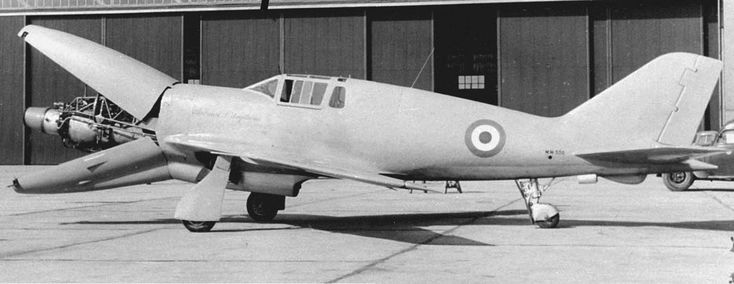
The aircraft featured a sleek, low-wing design with a retractable tricycle landing gear and an air intake located in the nose. The powerplant was a de Havilland Goblin 3 turbojet engine, which provided a significant performance boost compared to its piston-engine predecessor. Despite its promising design, the original Sagittario did not enter mass production, serving primarily as a stepping stone to more advanced designs.
The Aerfer Sagittario 2
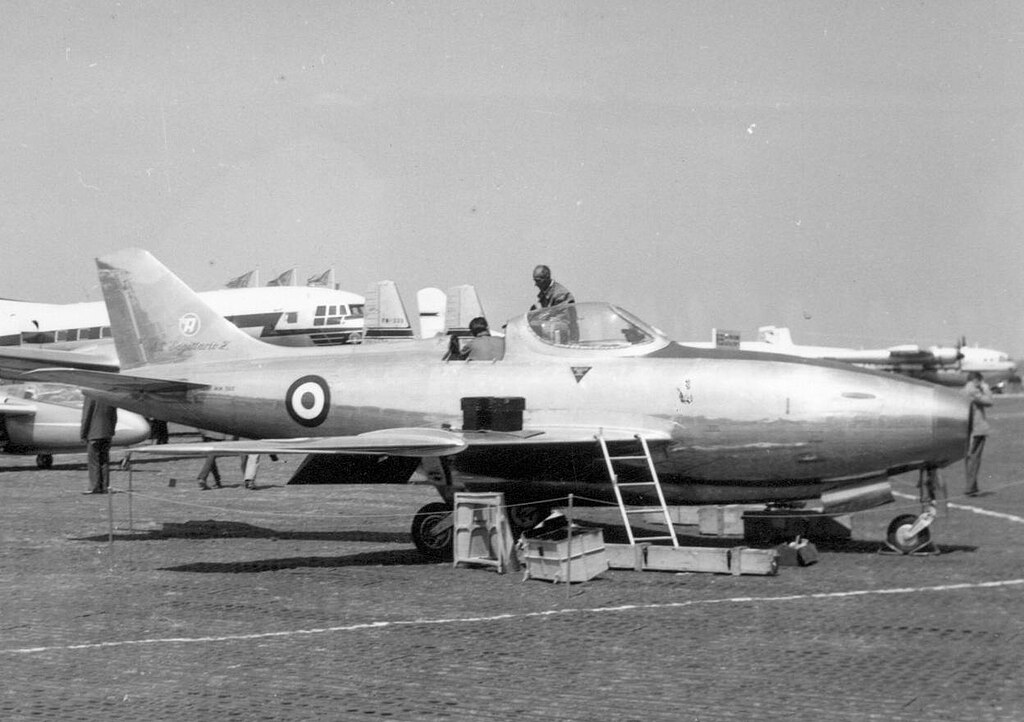
Building on the experience gained from the initial Sagittario, the Aerfer Sagittario 2 was developed as a more capable and versatile aircraft. The Sagittario 2 featured several aerodynamic improvements, including a swept-wing design that was more suitable for high-speed flight. The new design aimed to enhance performance characteristics, making the aircraft competitive with other jet fighters of the era. The Sagittario 2 made its first flight on May 19, 1956, and demonstrated impressive capabilities. It was powered by a more powerful Rolls-Royce Derwent 9 turbojet engine, which significantly improved its speed and operational ceiling. The aircraft achieved notable success in testing, including a record-setting speed of over 1,100 kilometers per hour (684 miles per hour) in level flight. One of the most remarkable features of the Sagittario 2 was its potential as a mixed-power interceptor. An experimental version was fitted with a small rocket motor, aiming to provide additional thrust for high-altitude interceptions. Although this configuration saw limited use, it highlighted the innovative spirit of the Italian aerospace industry.
Operational History and Legacy
While the Sagittario 2 showed great promise, it faced stiff competition from other jet aircraft being developed globally during the same period. Consequently, it did not enter large-scale production or see extensive service. However, its development significantly contributed to the advancement of Italian aerospace technology and provided valuable experience for future projects. The legacy of the Ambrosini Sagittario and the Aerfer Sagittario 2 lies in their role as pioneering jet aircraft in Italy’s post-war aviation landscape. They demonstrated the capability and ambition of the Italian aerospace industry and paved the way for subsequent projects, including the more successful Aerfer Ariete and the Aerfer Leone.
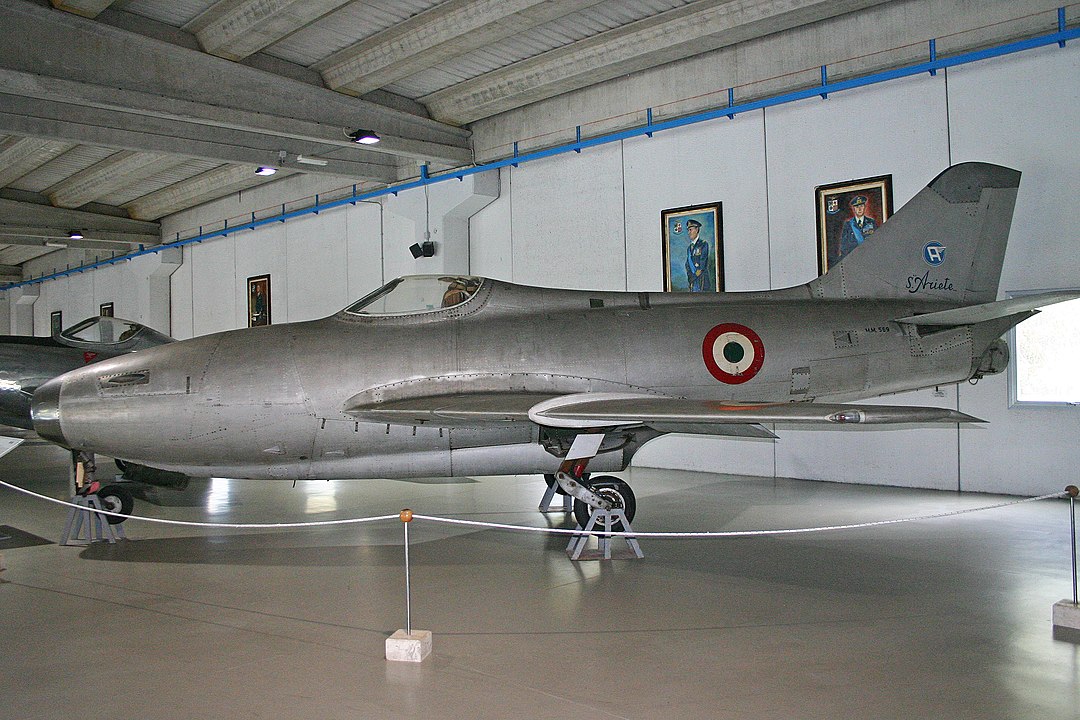
The Ambrosini Sagittario remains a fascinating chapter in aviation history, reflecting a period of rapid technological advancement and the relentless pursuit of innovation. While it may not have achieved widespread operational success, its contributions to the field of aeronautics and its role in the evolution of jet-powered flight in Italy are undeniable.
Throughout aviation history, countless aircraft designs have sparked the imagination of engineers, pilots, and aviation enthusiasts. Many of these innovative concepts, however, never made it past the drawing board or prototype stage. “Grounded Dreams: The Story of Canceled Aircraft” delves into the fascinating world of these ambitious projects that, for various reasons, were never fully realized. From groundbreaking technological advancements to strategic missteps, this exploration uncovers the stories behind the aircraft that promised to revolutionize the skies but were ultimately grounded before they could take flight. Join us as we journey through the highs and lows of aviation history, spotlighting the aircraft that could have changed the course of aeronautical progress had their dreams not been deferred. Check our previous entries HERE.






